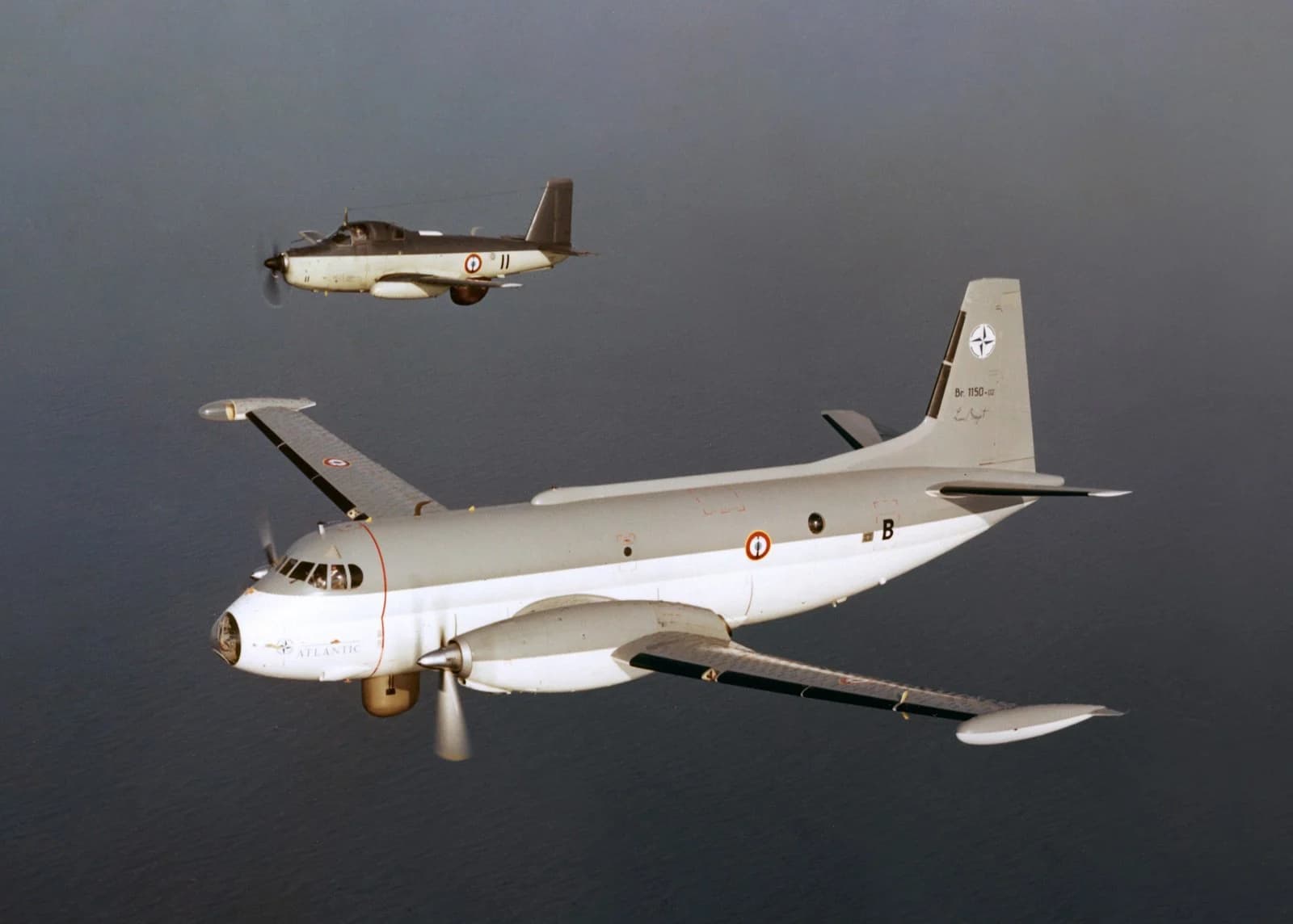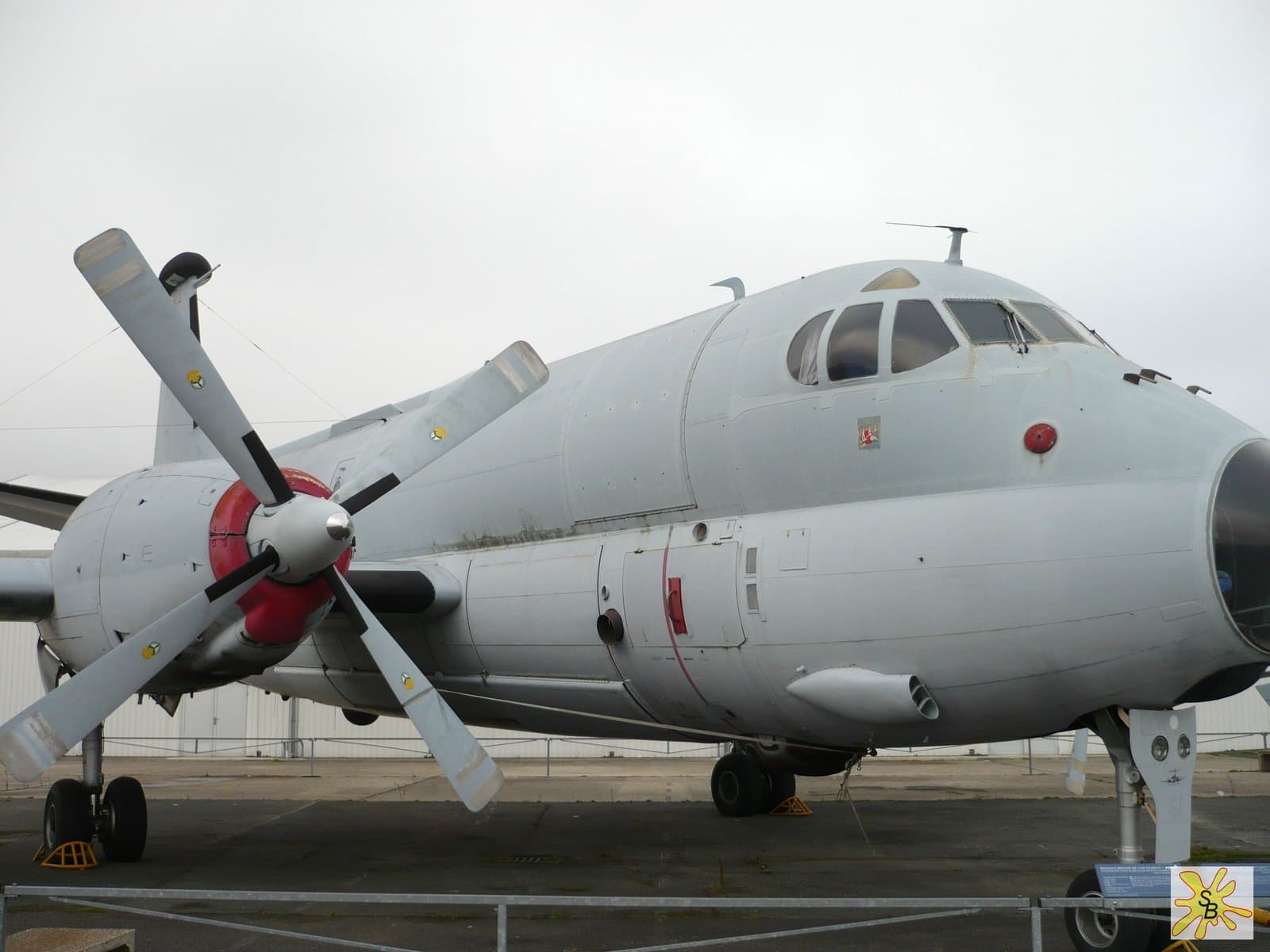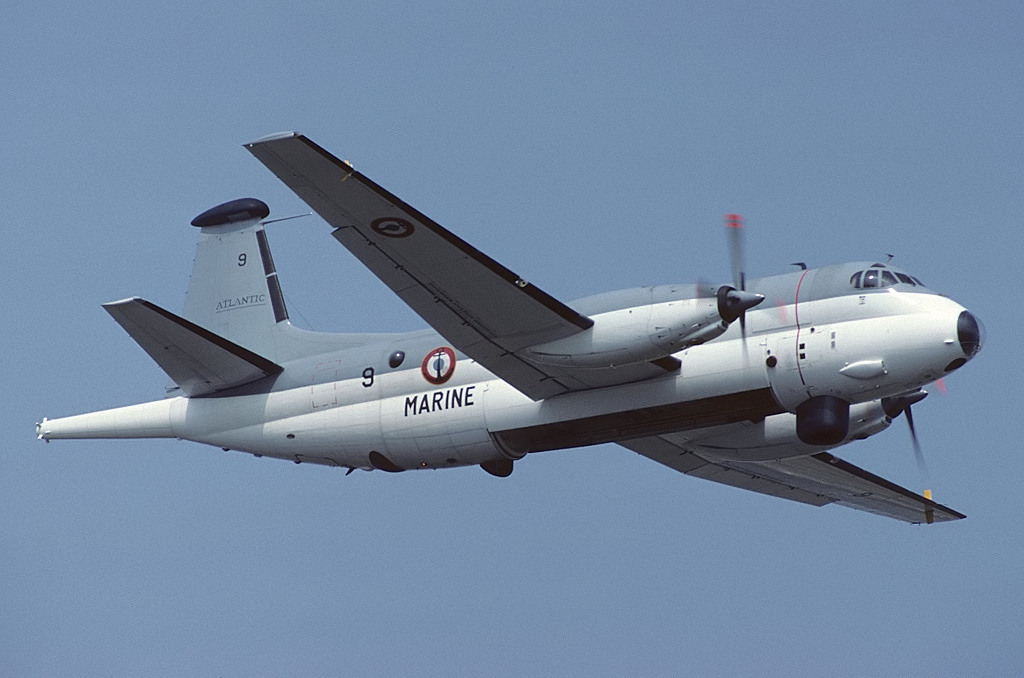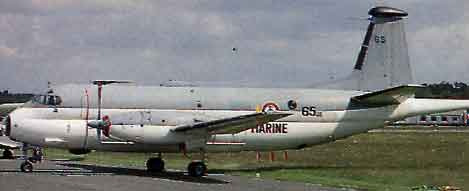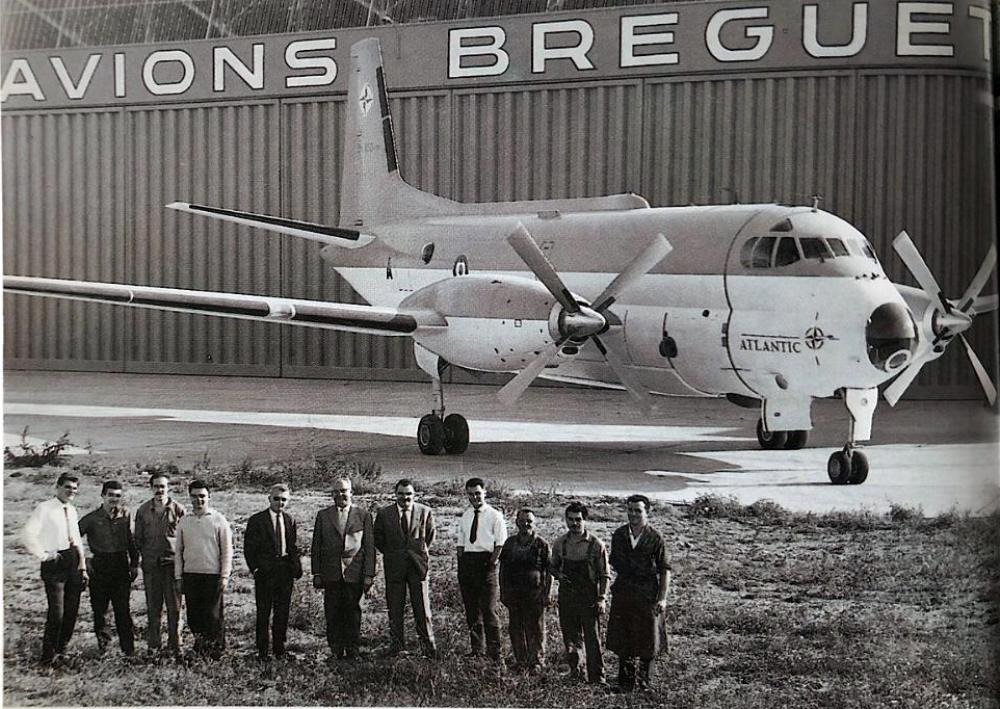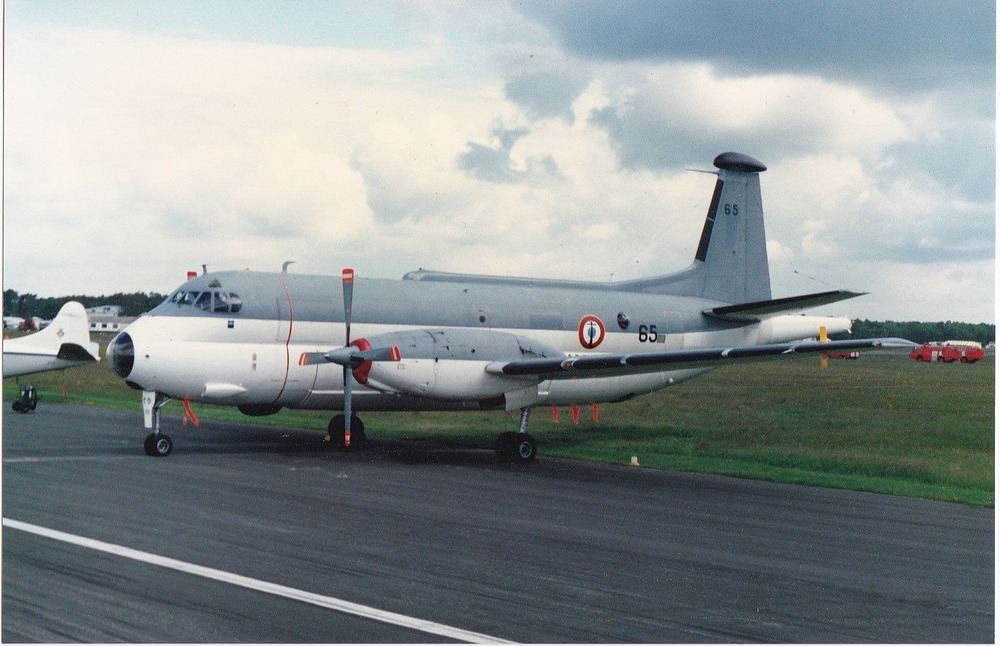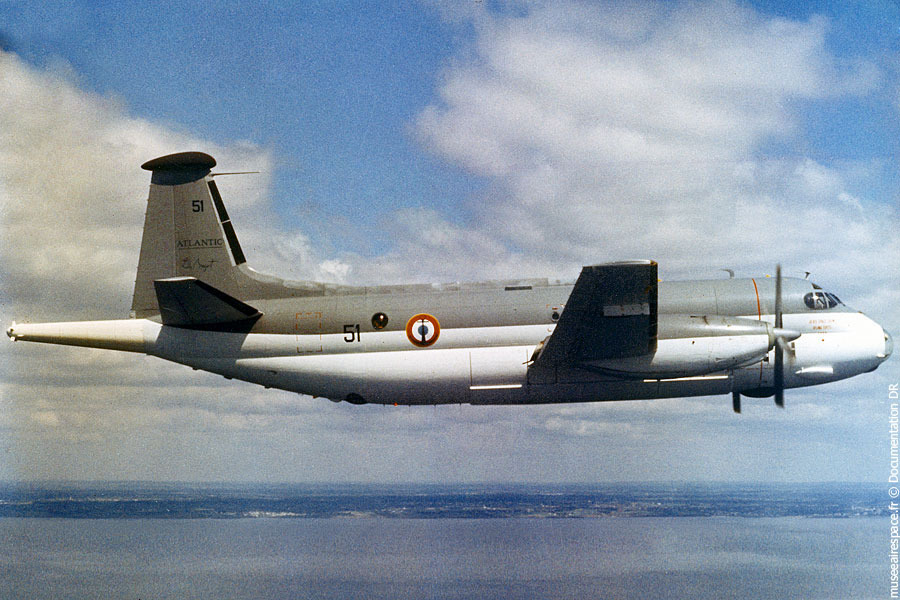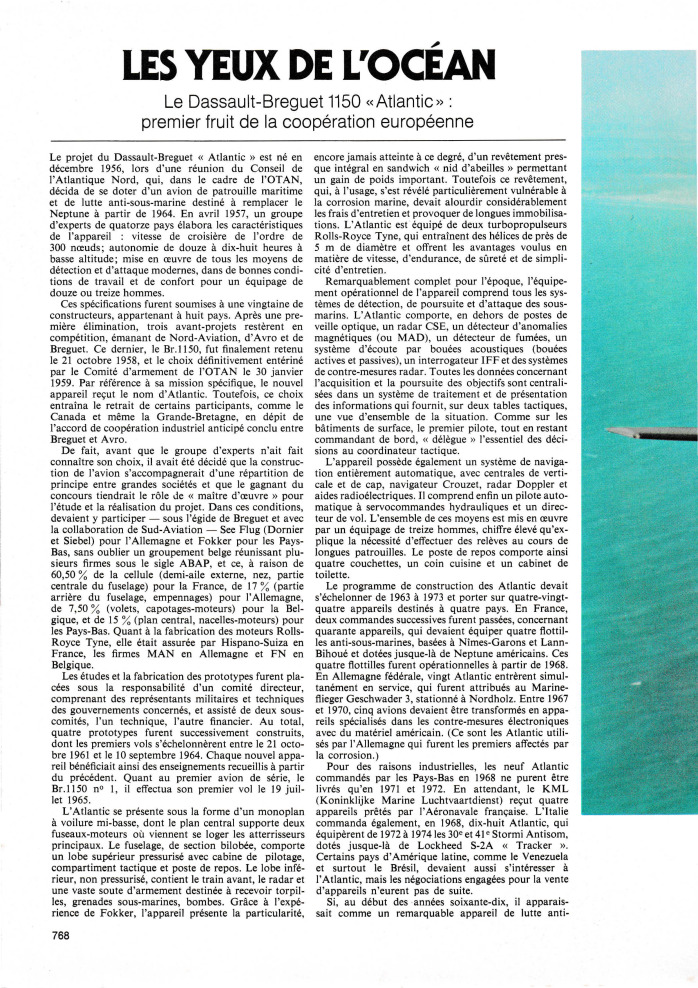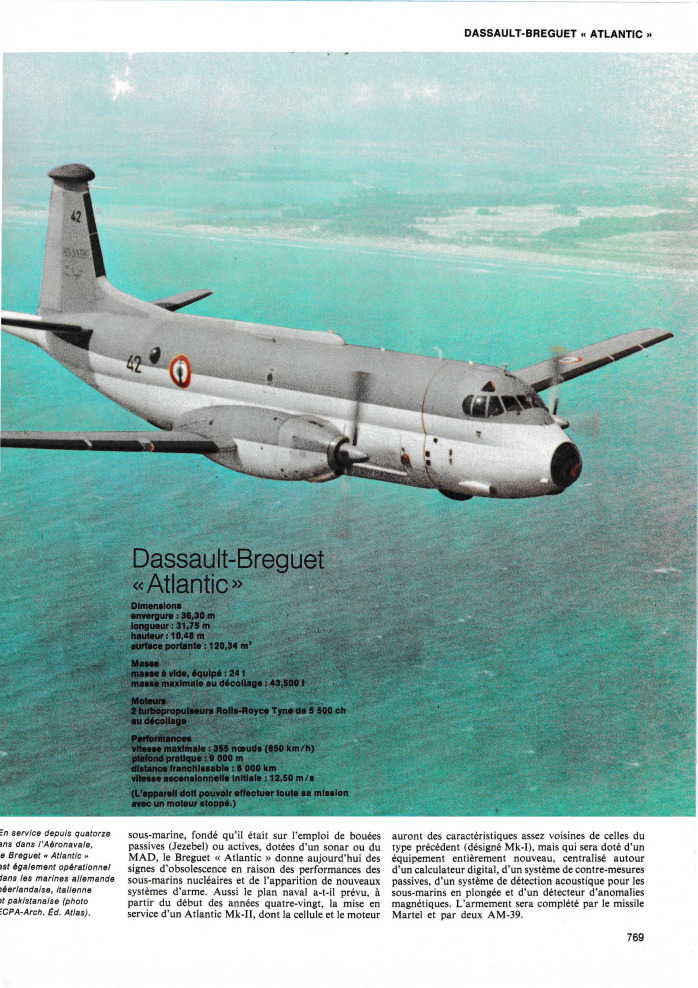- Yes
- No
Hello everyone, and welcome to this new suggestion.
Today, I present to you the original version of the French Navy’s most legendary maritime patrol aircraft, the Breguet Atlantique 1 (also known as the ATL 1).
The Breguet Br.1150 Atlantique 1 is a French maritime patrol and anti-submarine warfare aircraft, designed in the 1950s and 1960s to meet NATO’s needs for ocean surveillance and ASW. Developed by the SECBAT (Société d’Etude et de Construction du Breguet Atlantique), it was selected following a European call for tenders to replace aging patrol aircraft such as the Lockheed Neptune. Making its first flight on October 21, 1961, the Atlantique is distinguished by its high range, its large internal weapons compartment, and its capacity to carry torpedoes, mines, depth charges, as well as sophisticated detection equipment (search radar, MAD - magnetic anomaly detector, sonobuoys). Its twin-engine turboprop architecture was optimized for endurance rather than speed, allowing long patrols over strategic maritime areas.
Within the French Navy, the Atlantique 1 has been the centerpiece of long-range maritime patrol since the 1960s. Integrated into flotillas such as the 21F and 23F, it has for several decades ensured the surveillance of maritime approaches, the tracking of submarines, participation in nuclear deterrence (notably in escorting and tracking SSBNs) and various intelligence missions. It has also distinguished itself in public service missions, such as search and rescue at sea, or the surveillance of fishing zones and the French overseas coasts. Gradually replaced by the Atlantique 2 from the end of the 1980s, the Br.1150 Atlantique 1 remains an important milestone in French and European naval aviation, a symbol of industrial cooperation and strategic innovation during the Cold War.
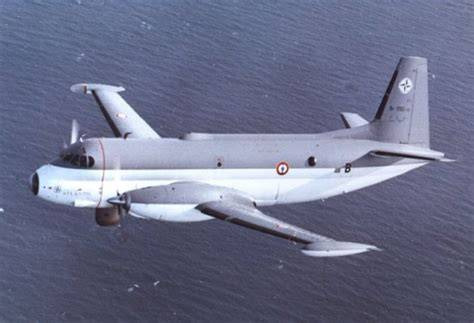
Characteristics
-
Length : 31.75 m
-
Width : 36.30 m
-
Height : 11.33 m
-
Mass :
- Empty : 23,5 tons
- Takeoff : 43 tons
- Maximal : 47 tons
-
Speed :
- Cruise : 315 km/h
- Max : 650 km/h
The aircraft is powered by two 5500hp Tyne turboprop engines, which allow it to reach a maximum speed of 650km/h and cover a maximum distance of 8000km in 18 hours of flight. The crew is composed of 12 men including a pilot, a co-pilot, a captain and personnel operating the detection instruments.
Equipment
-
Target detection equipment :
- DRAA-2B
Retractable ventral radar allowing detection of ships as well as smaller targets (including periscope detection for anti-submarine warfare) - AN/ARR-52, AN/ASA-20A, AN/AQA-1A
Systems for receiving and processing data transmitted by the sonobuoy carried by the aircraft. These devices are grouped under the name of Julie system - MAD, DHAX-1A
Listening and target location systems (passive operation), these systems are grouped under the name Jezebel system.
- DRAA-2B
-
Threat detection :
- ARAR-10B, ARAX-10A
Threat detection systems (RWR) located at the top of the aircraft’s tail (same system as on the Nimrod)
- ARAR-10B, ARAX-10A
Weapons
-
Internally
- 8 x L4 torpedo
- 8 x Mk44 torpedo
- 8 x Mk46 torpedo
- 12 x Mk54 depth charge
- Bombs
-
Externally
- 4 x AS-12 missiles
- AS-37 missiles
- Rockets
Sources
- COMAERO Volume II
- Atlantic : origines, caractéristiques et performances
- Breguet Br.1150 Atlantic
- (COMAERO) “UN DEMI-SIÈCLE D’AÉRONAUTIQUE EN FRANCE, LES AVIONS MILITAIRES” Tome 1 by Jacques Bonnet
- Atlantic
- Caractéristiques principales
- Breguet Br.1150 Atlantic 61 - Musée de l’Air et de l’Espace
- Breguet Atlantic : définition et explications
- AN/ARR-52A
